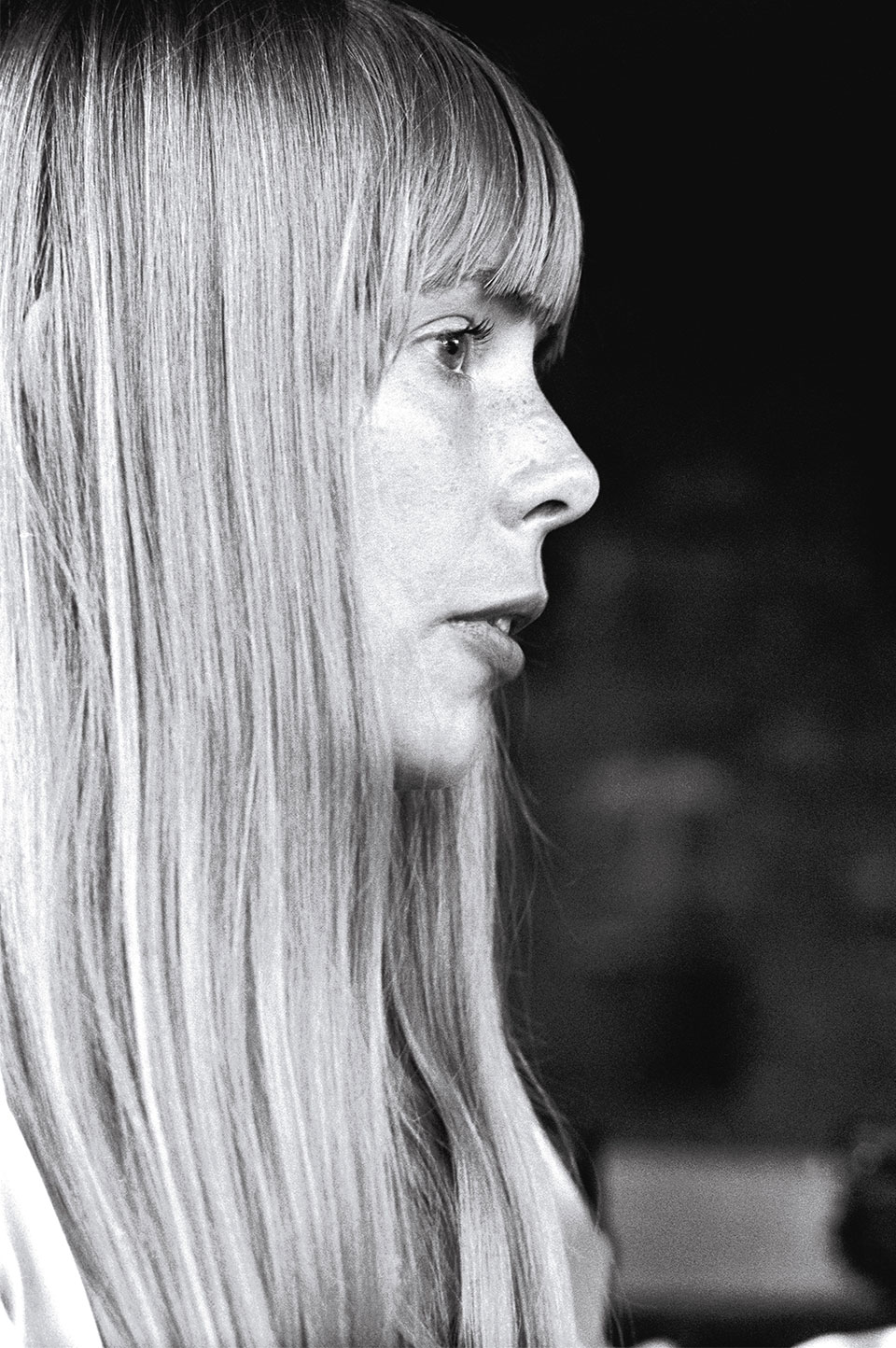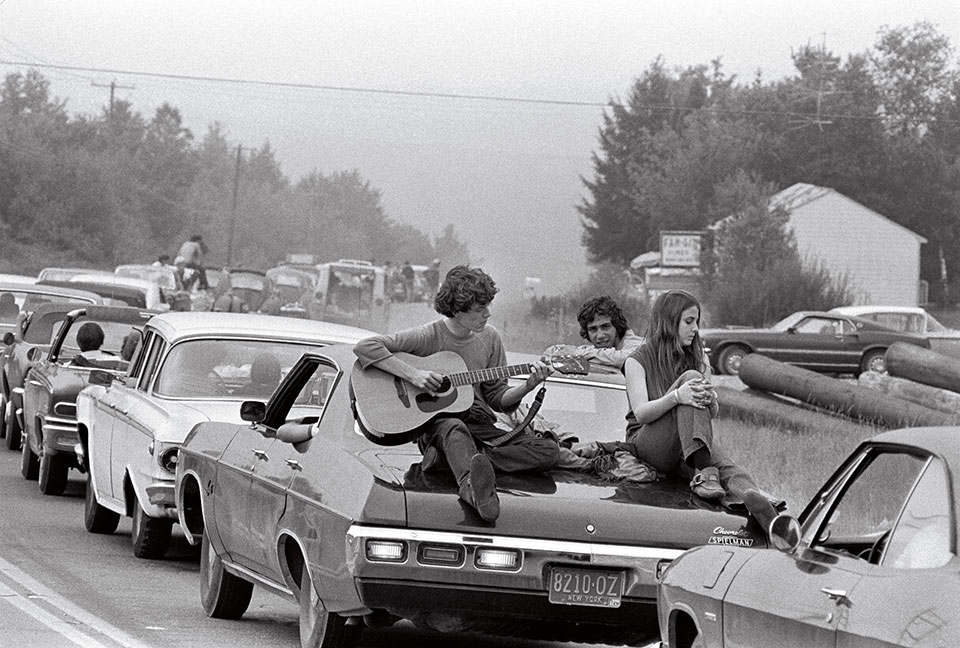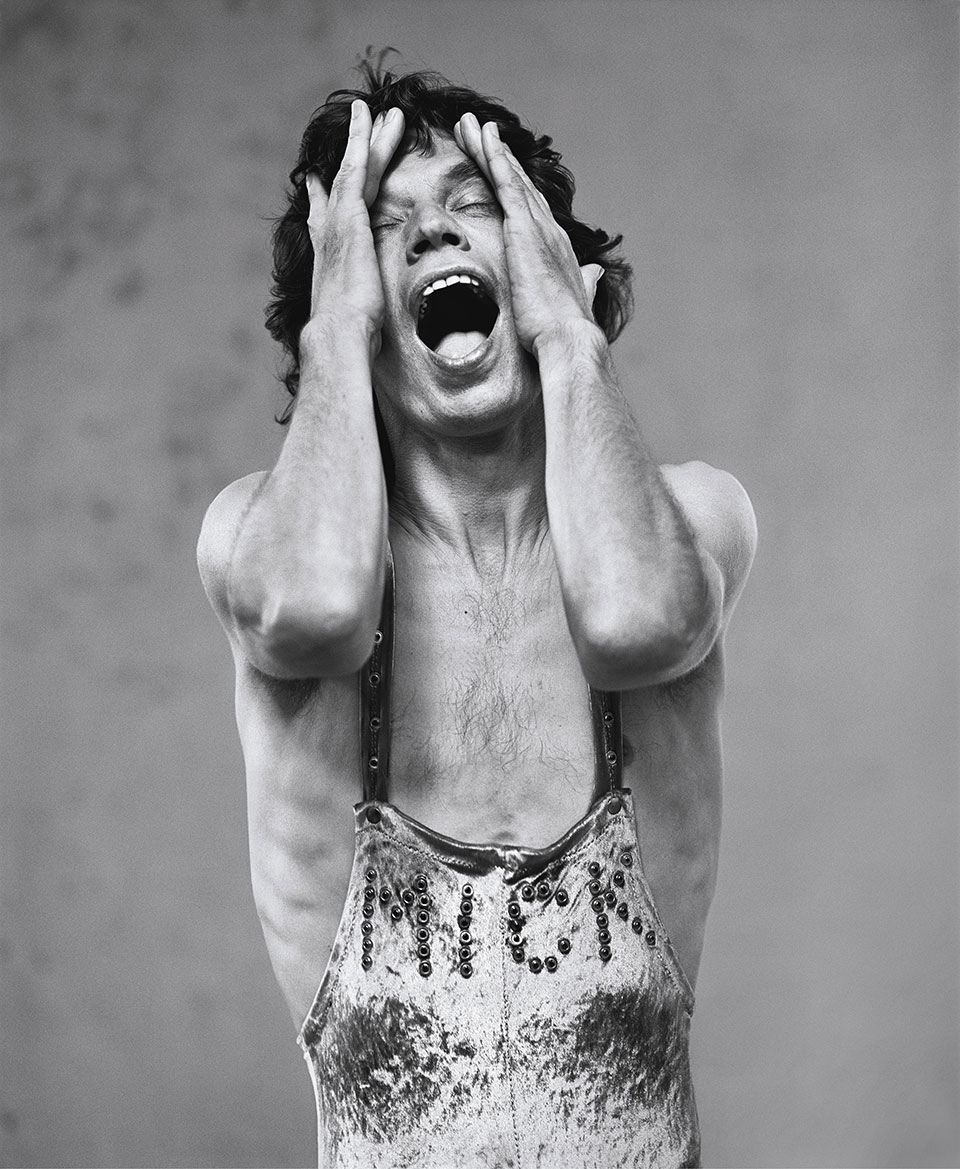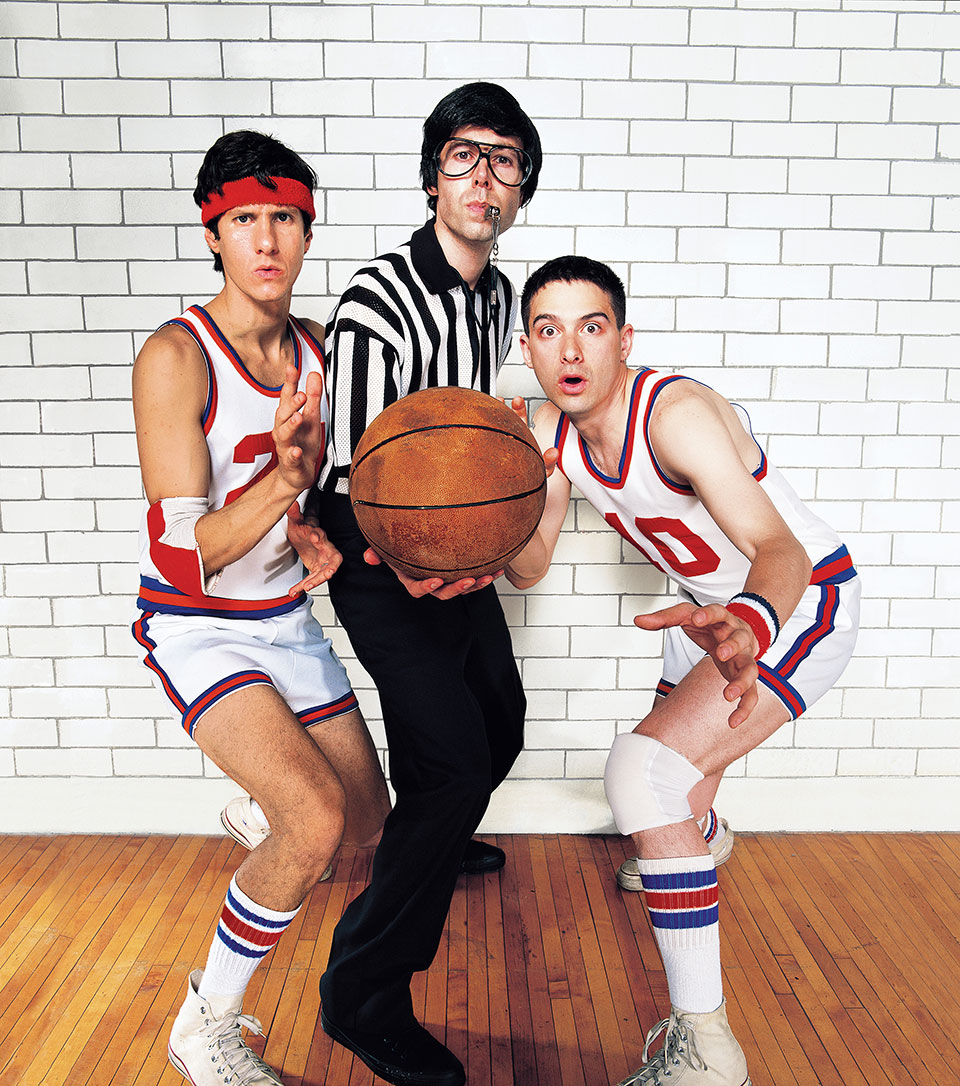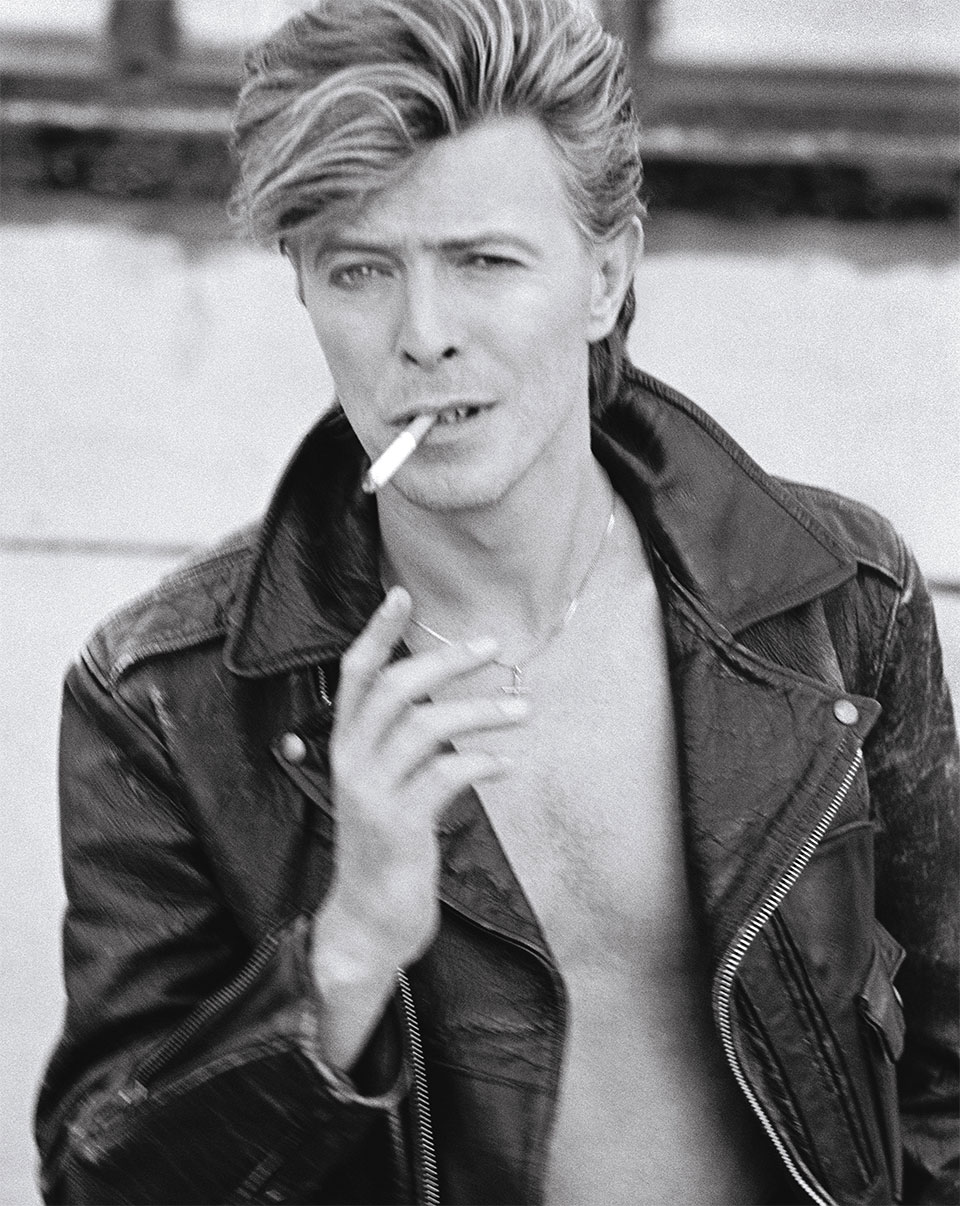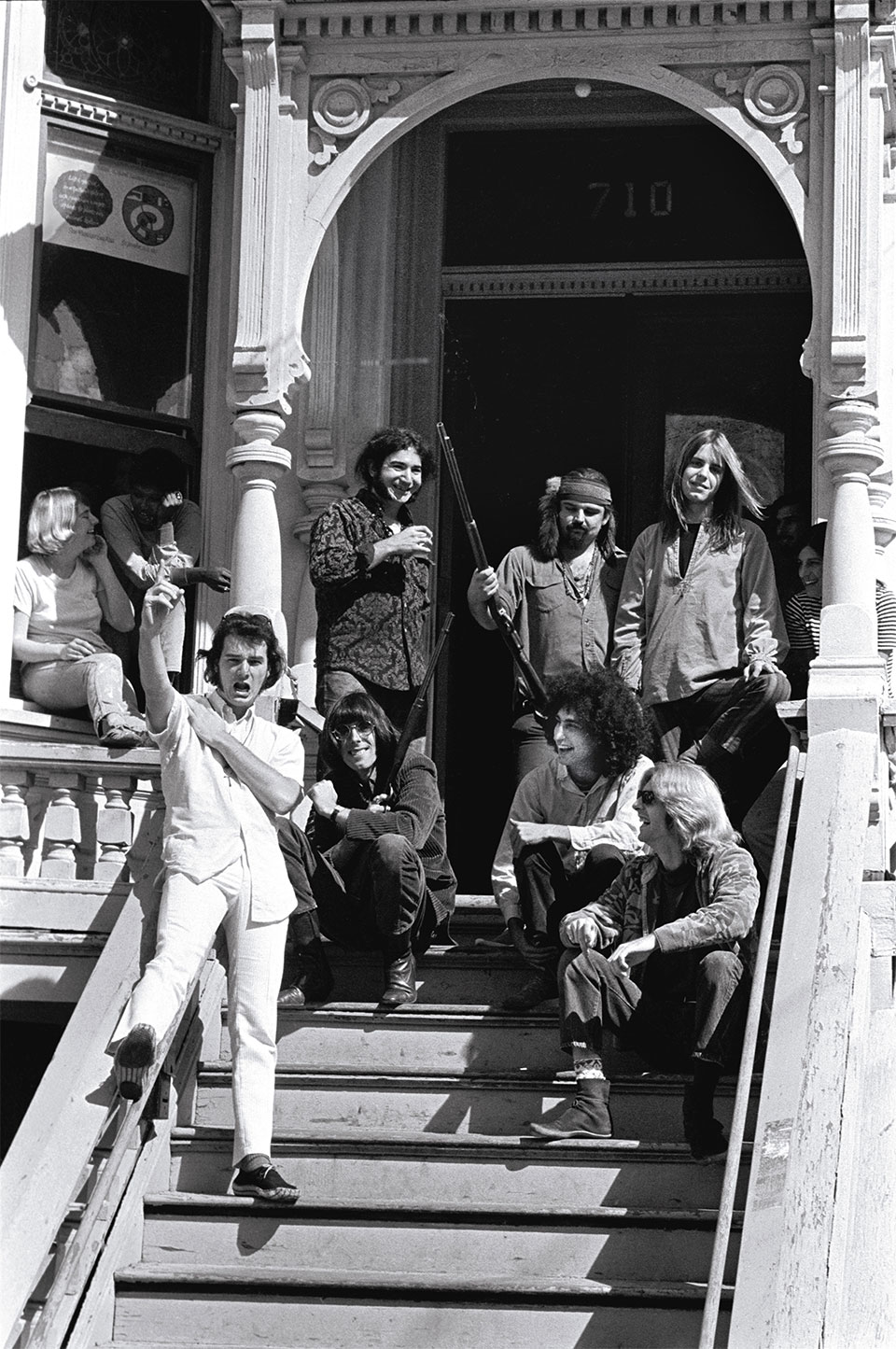
50 Years of Rolling Stone clocks in at nearly seven pounds — more than a chihuahua or a 12-cup coffee maker from Mr. Coffee. And, yet, are you really that surprised? Half a century of this legendary magazine is a lot to pack into a single book. That’s five decades of American music and history, 600 months of incisive interviews and revolutionary photography covering cultural phenomena and phenomenons whose influence still lingers today. Whatever wrist strain you might endure lifting the 288 pager is worth it. Here, a few items of note gleaned from the book — and a sneak peek at the arresting imagery.
1960s
The debut cover of Rolling Stone, founded by Jann Wenner, was not unlike your de rigueur newspaper, with four columns of text and a photo of John Lennon as an army soldier in the 1967 film How I Won the War. Soon, however, the publication switched to the single bold image we’re all familiar with now. When it celebrated its first anniversary, Lennon returned to the cover — this time posing with Yoko Ono in the buff, cheeks to the camera, with the caption, “And they were both naked, the man and his wife, and were not ashamed.”
1970s
“He kept clicking his nails on the table to make a point,” recalls journalist David Felton of the man he was interviewing for a 1970 feature. “I could see how he’d have command over people.” The subject? Charles Manson. Felton and co-writer David Dalton were conducting the interview from jail, having posed as material witnesses to gain entrance. To further the story, Dalton was also briefly living with members of the Manson family — that is, until he and Felton were shown photos of the LaBianca murders by the L.A. prosecutor. “We felt perfectly safe when we believed he was innocent,” says Dalton, who had brought along his wife. “Now they looked like children of the damned. Their eyes were dilated, and they all seemed to be tuned in to the same harmonic vibe.” The couple faked a fight — they didn’t want to arouse suspicion — then stormed off the commune and hitchhiked to town. “It was a moment of pure terror,” Dalton adds. The resulting story, which ran 21 pages long, netted the magazine its first National Magazine Award.
1980s
For its debut Comedy Issue in 1988, David Letterman graced the cover with Johnny Carson. Journalist Peter W. Kaplan, who would go on to become a heavyweight New York editor, wrote the story. “When I think about television and show business,” Letterman told Kaplan, “it grinds my stomach. I want to say to people, ‘Don’t you understand this is bullshit, driven by egos, and that’s all it is?’ I mean, nothing makes me madder than to be sitting there, watching somebody who’s just the winner of the genetic crapshoot, and there they are, big stuff on the air, a star.”
1990s
In the 1991 Nirvana classic “Smells Like Teen Spirit,” there’s a line that reads, “Here we are now, entertain us.” During a post-concert interview with Rolling Stone two years later, lead singer Kurt Cobain shared the backstory: “That came from something I used to say every time I used to walk into a party, to break the ice,” he said. “A lot of times, when you’re standing around with people in a room, it’s really boring and uncomfortable. So it was, ‘Well, here we are, entertain us. You invited us here.'” Asked by the reporter about his thoughts on that song turning into “the grunge national anthem,” Cobain responds, “Once it got into the mainstream, it was over. I’m just tired of being embarrassed by it. I’m beyond that.”
2000s
Rolling Stone has always been about more than music and its coverage in the early oughts was no different. Alongside the rise of pop figures such as Britney Spears and Justin Timberlake, there were spotlights on President George W. Bush, 9/11, the financial crisis of 2008…. In 2005, a decade before Alex Gibney’s Going Clear documentary and while actress Leah Remini was still very much a card-carrying member, the magazine sent a reporter to Clearwater, Florida, to investigate this little-known thing called Scientology.
2010s
Rolling Stone nabbed the exclusive when Taylor Swift got into two fender benders in a 24-hour period in 2012. How could it not? Senior writer Brian Hiatt was in the front seat both times. The first, outside a Nashville rehearsal studio, happened early in the interview; she backed into a parked car belonging to her bass player. The second came later that evening, after-dinner, when a car veered into her lane — “not her fault,” Hiatt reports. The story gives us plenty of gems, but perhaps the most brilliant is the lede: “This is what it sounds like when Taylor Swift totally loses it: ‘Oh, my God. OH, MY GOD. OH, MY GOD. OH, MY GOD. OH, MY GOD. OH, MY GOD. OH, MY GOD. OH, MY GOD. OH, MY GOD. OH, MY GOD. OH, MY GOD. OH, MY GOD.’”
